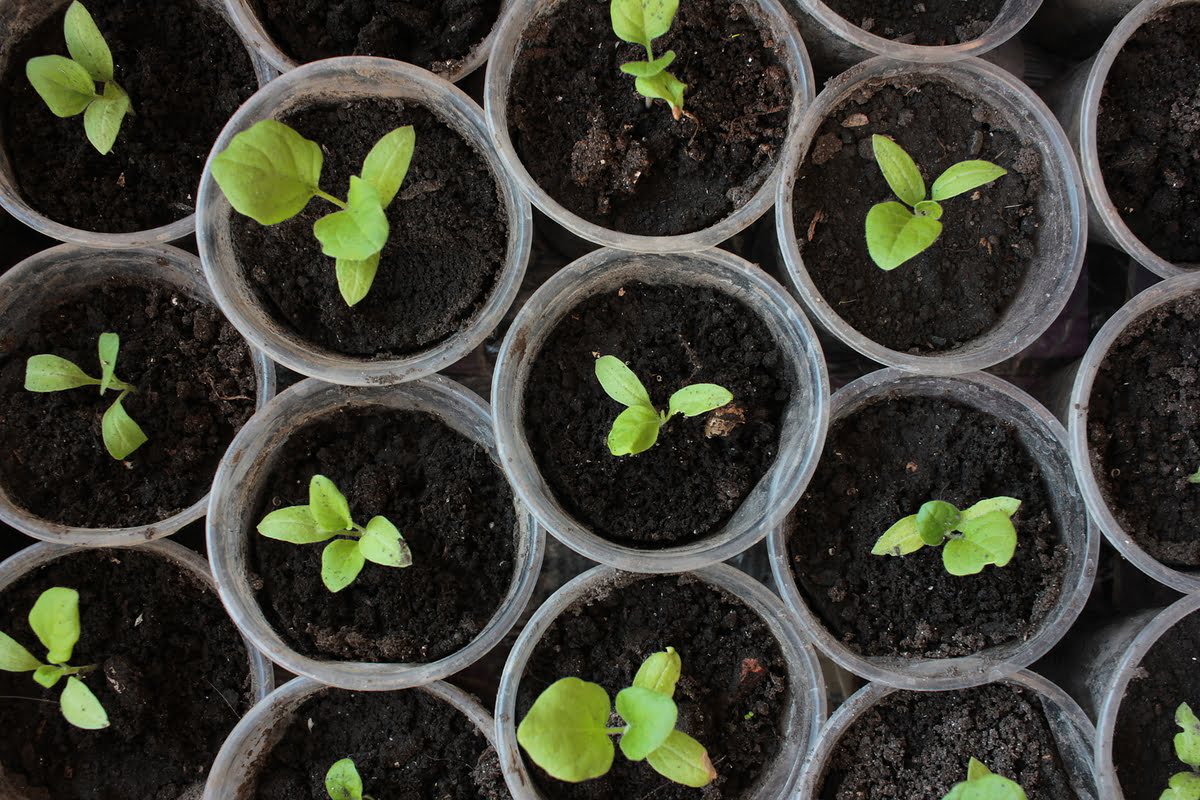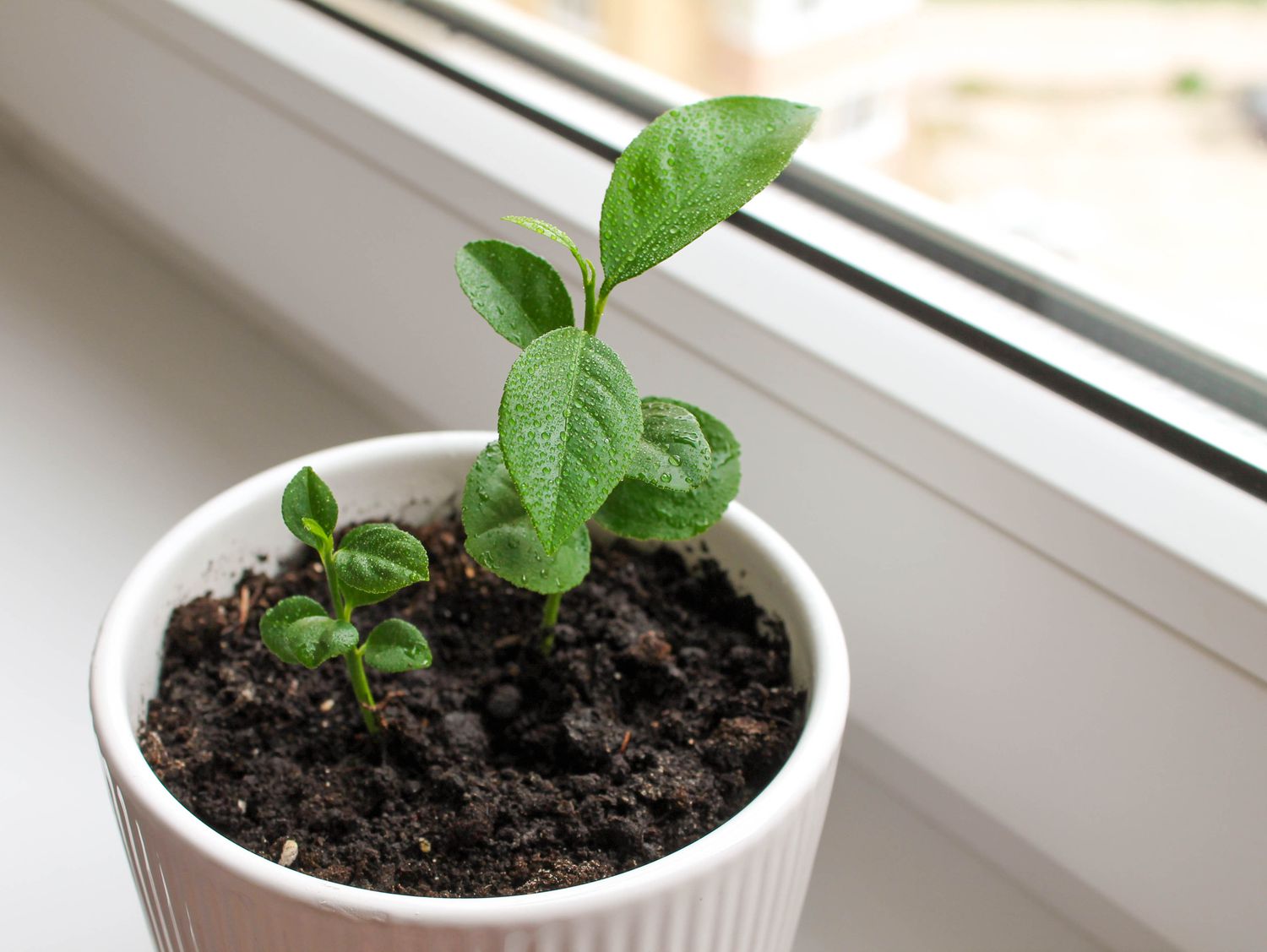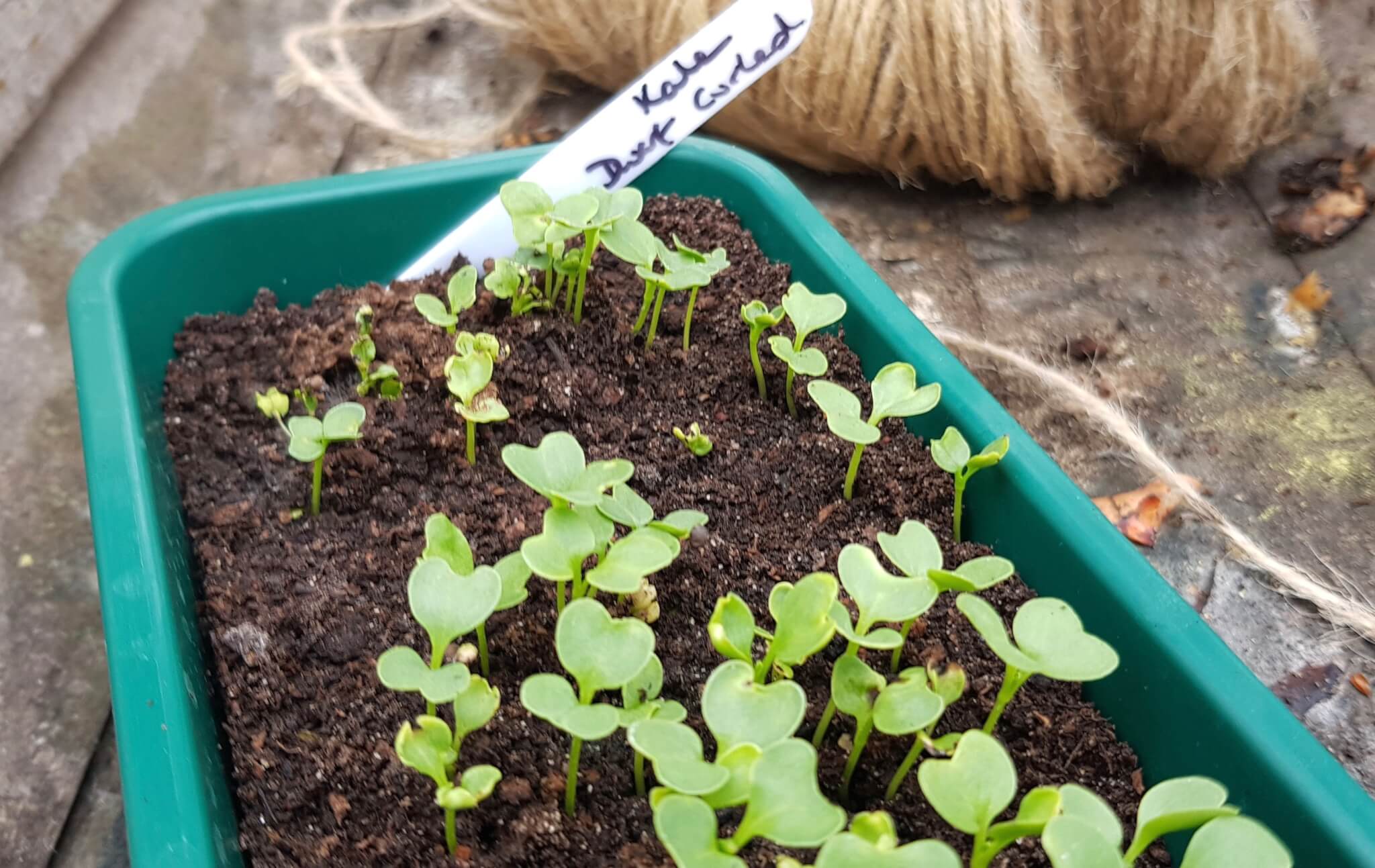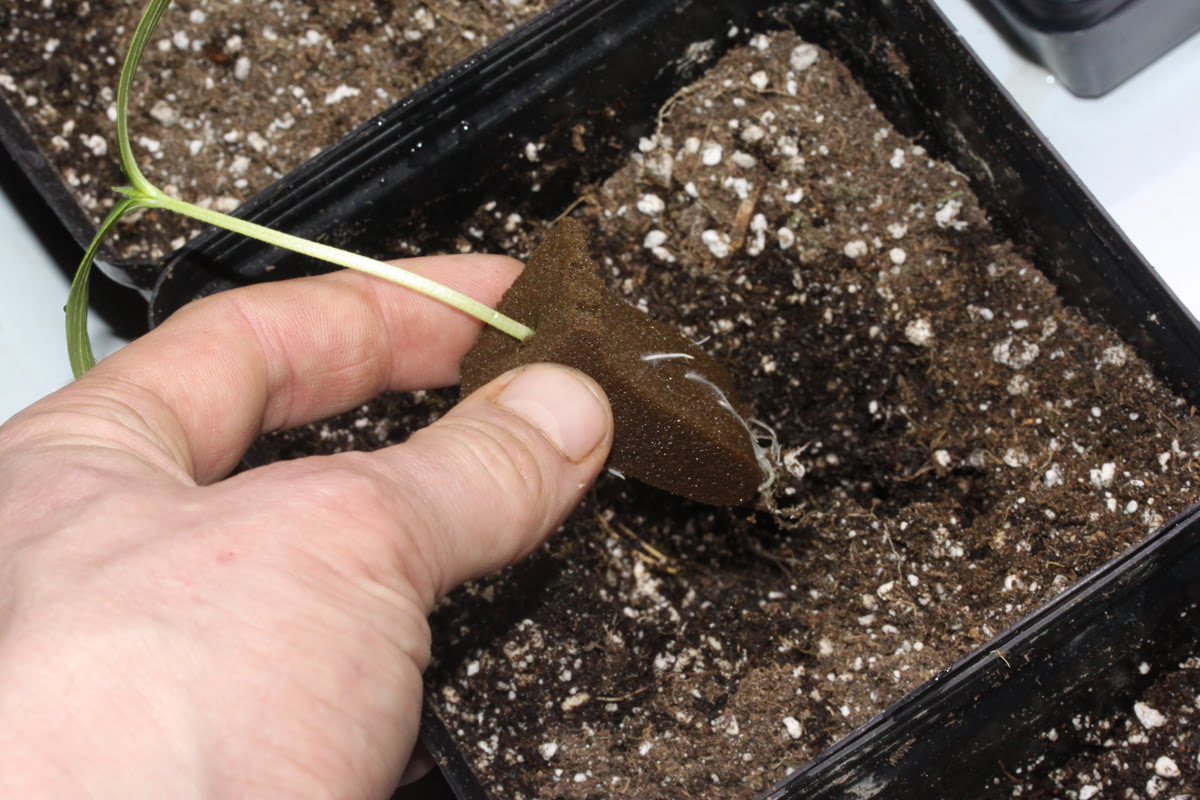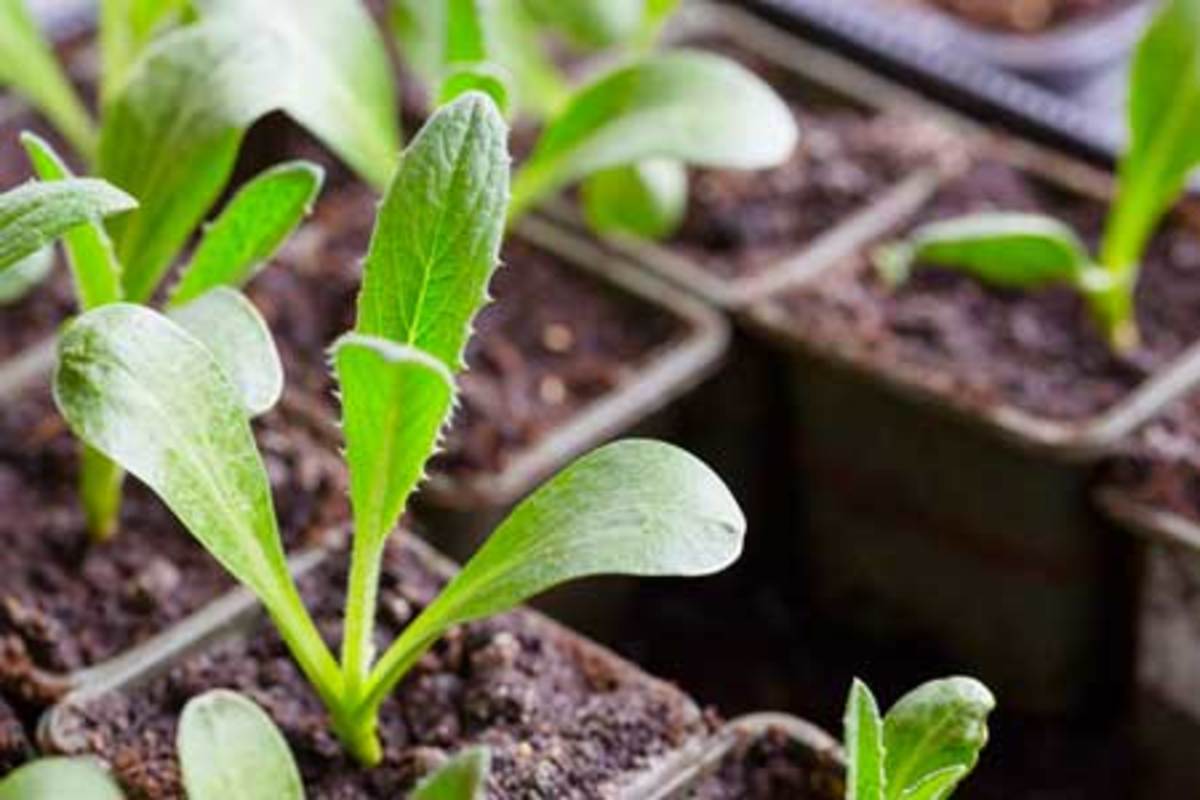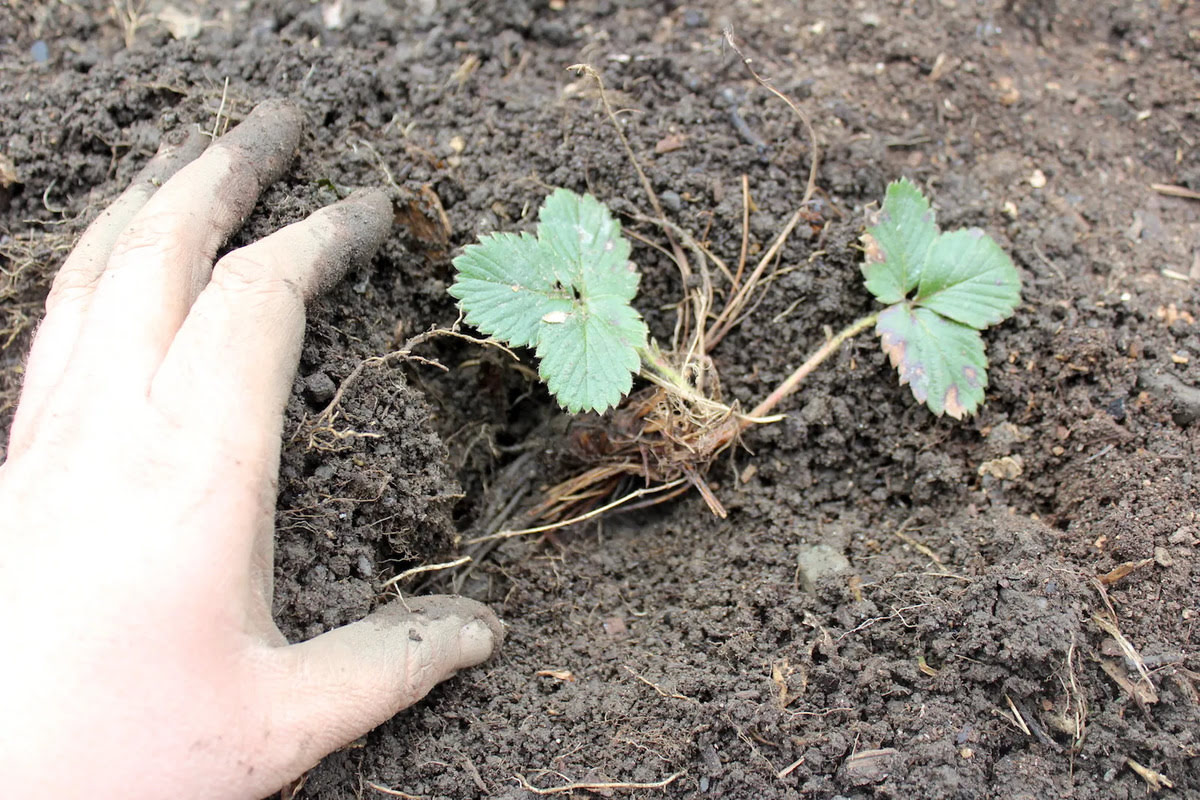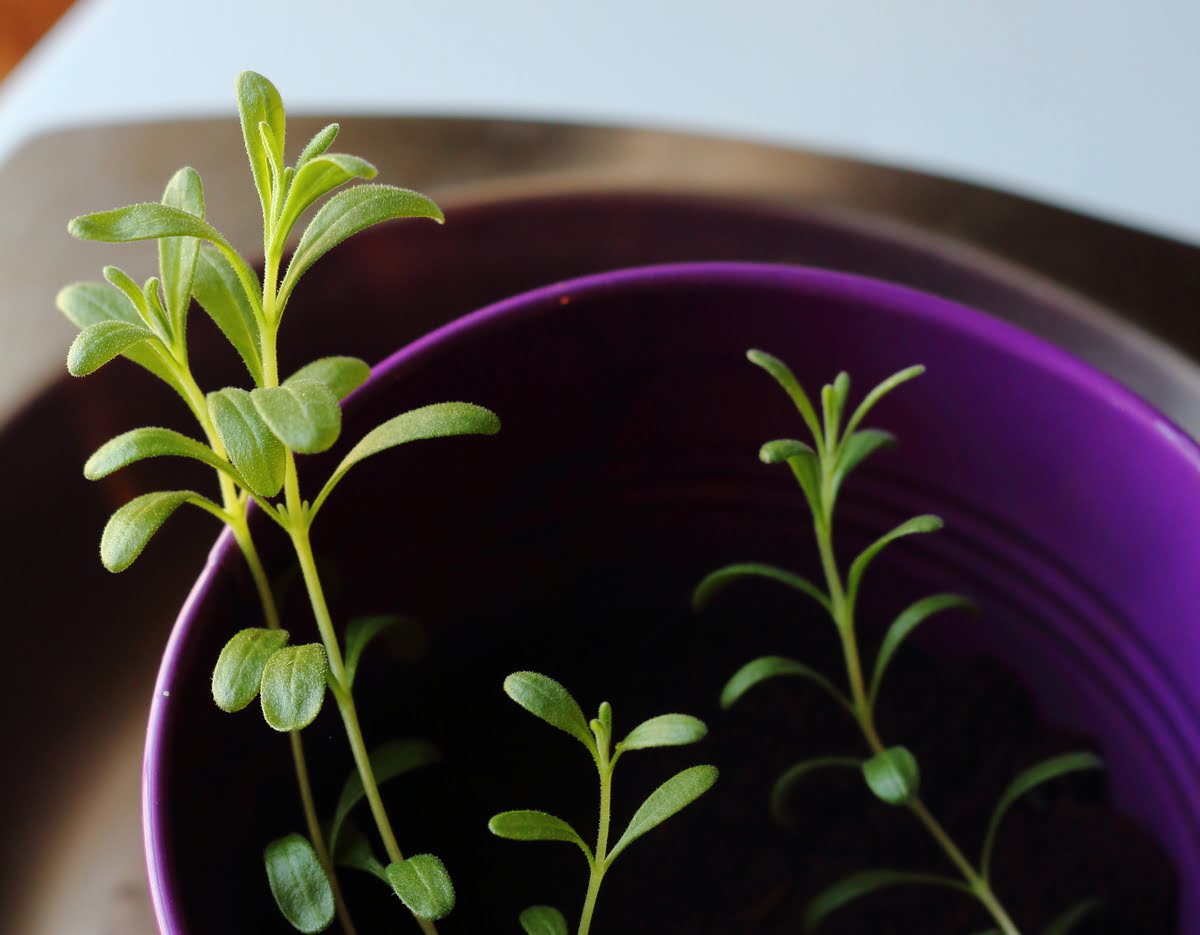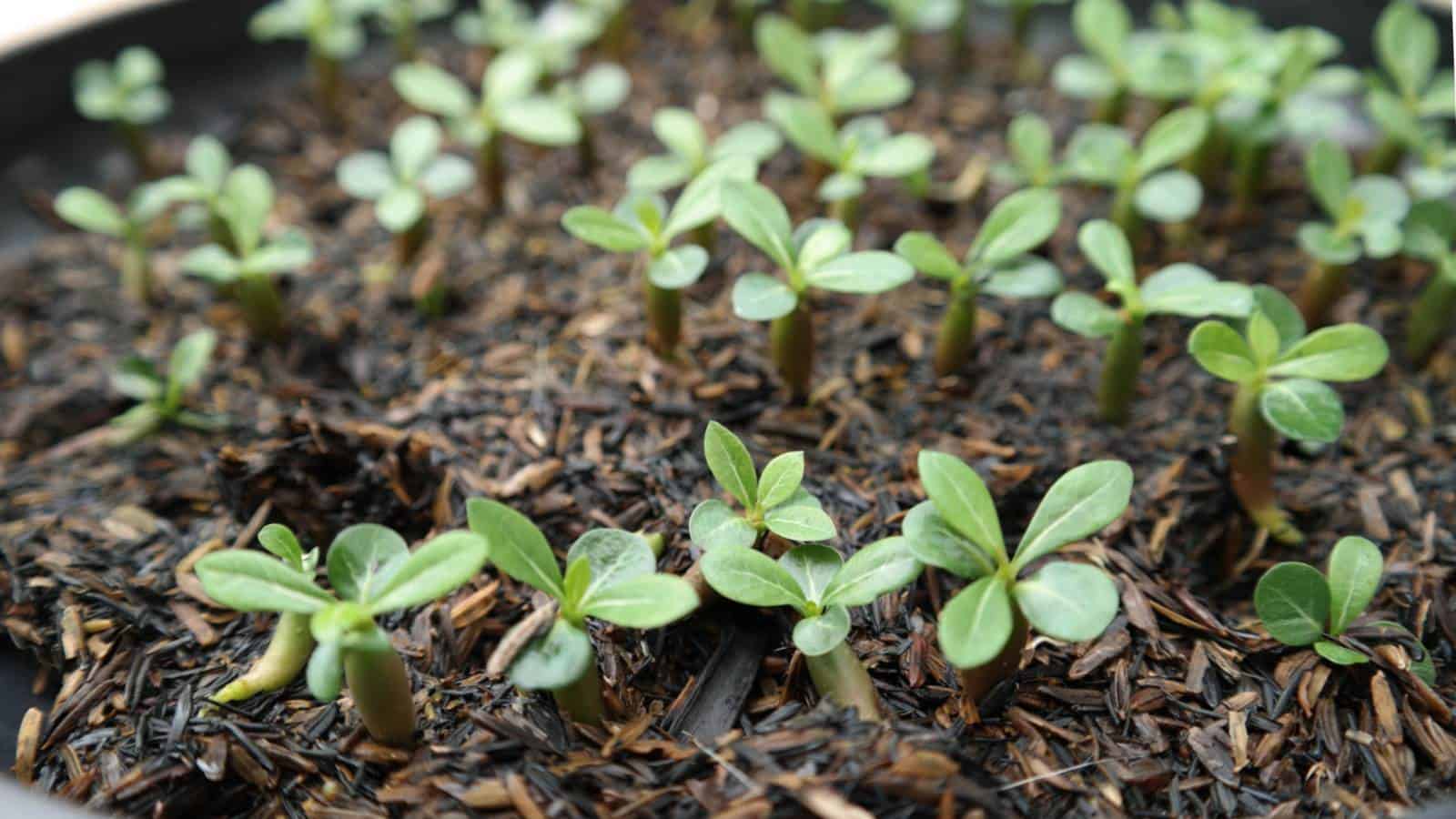Home>Types of Gardening>Edible Gardening>When To Transplant Carrot Seedlings
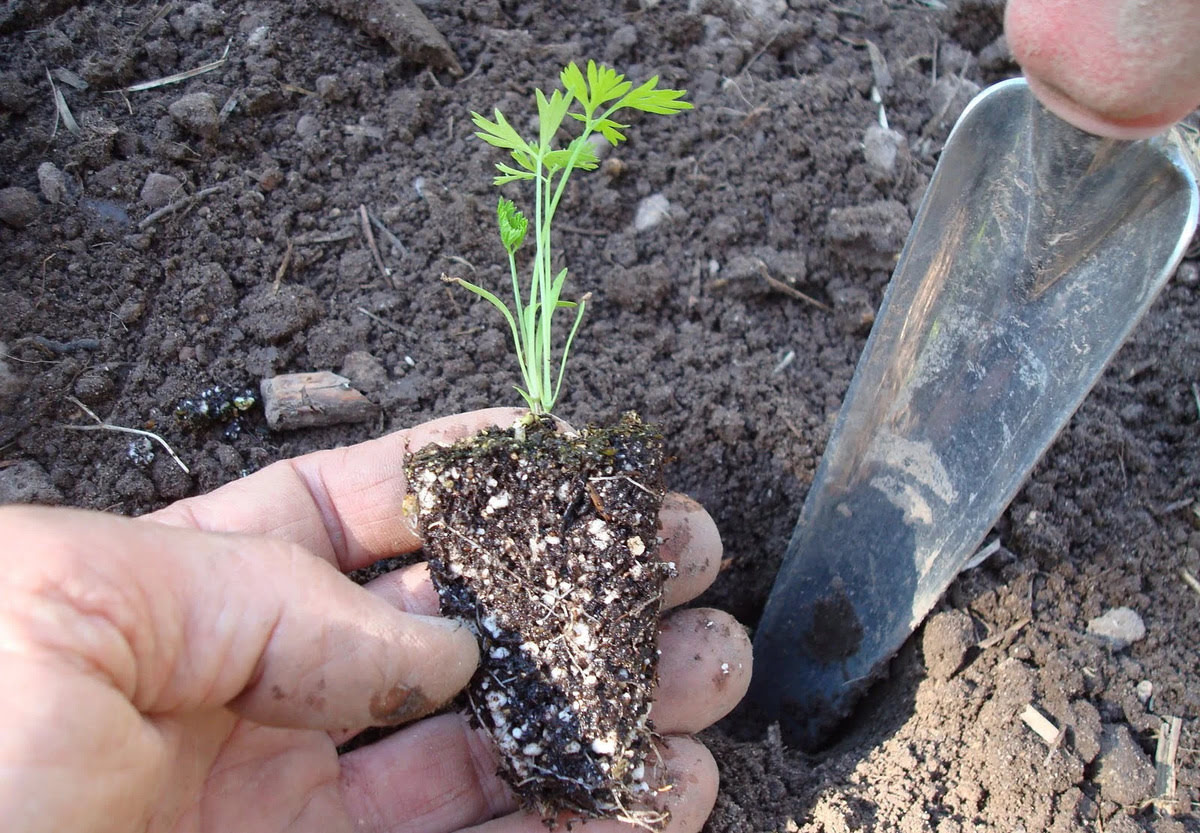

Edible Gardening
When To Transplant Carrot Seedlings
Published: January 3, 2024
Learn when is the best time to transplant carrot seedlings for successful edible gardening. Expert tips and advice for a thriving carrot crop.
(Many of the links in this article redirect to a specific reviewed product. Your purchase of these products through affiliate links helps to generate commission for Chicagolandgardening.com, at no extra cost. Learn more)
Table of Contents
Introduction
Welcome to the wonderful world of edible gardening! There’s nothing quite as satisfying as growing your own food, and one of the most popular choices among gardeners is carrots. These root vegetables are not only delicious, but they are also packed with essential nutrients. Whether you are a seasoned gardener or just starting out, understanding the process of transplanting carrot seedlings is crucial for successful growth.
Transplanting refers to the act of moving a plant from one location to another, typically from a seedling tray to a larger pot or directly into the garden. While carrots are often grown from seeds sown directly into the soil, transplanting can offer several advantages. It allows you to start the seedlings indoors earlier, providing a head start on the growing season, and it also helps with spacing and thinning.
In this article, we will discuss the factors to consider before transplanting carrot seedlings, the ideal time for transplanting, how to prepare the seedlings, as well as the proper techniques and care required for successful transplantation. By the end of this article, you’ll be equipped with the knowledge and confidence to tackle this important step in growing your own carrots.
Factors to Consider Before Transplanting
Before you dive into transplanting your carrot seedlings, there are a few key factors to consider to ensure their success:
- Seedling Age and Size: Carrot seedlings should have at least two to three sets of true leaves before they are transplanted. This indicates that they have developed a strong root system and are better equipped to handle the stress of transplantation.
- Weather Conditions: Carrots are cool-season vegetables, so it’s important to transplant them when the weather is suitable. Avoid extreme temperatures, both hot and cold, as they can cause stress and hinder the seedlings’ growth. The ideal temperature for transplanting carrots is between 50°F and 75°F (10°C and 24°C).
- Soil Preparation: Carrots thrive in loose, well-draining soil. Before transplanting, ensure that the soil in the planting area is free from debris, rocks, and clumps. Amend the soil with compost or well-rotted organic matter to improve its fertility and texture.
- Spacing: Proper spacing is crucial for the healthy growth of carrot plants. Take into account the mature size of the carrot variety you are growing and provide enough space between each seedling to allow room for the root development. Overcrowding can lead to stunted growth and misshapen carrots.
By considering these factors, you can ensure that your carrot seedlings have the best possible start in their new location. Taking the time to evaluate these elements will greatly increase the chances of success and ultimately lead to a bountiful carrot harvest.
Ideal Time for Transplanting Carrot Seedlings
The timing of transplanting carrot seedlings is crucial for their survival and successful growth. Carrots prefer cool weather and can tolerate mild frosts, so it’s important to transplant them at the right time to ensure they have enough time to establish before the hot summer months.
The ideal time for transplanting carrot seedlings varies depending on your location and local climate. As a general guideline, it’s best to transplant carrot seedlings outdoors when the soil temperature reaches around 50°F (10°C). This typically occurs in early spring or late fall in most regions. Check your local frost dates to determine the best window for transplanting.
It’s important to note that carrot seedlings are sensitive to extreme heat and direct sunlight. If you live in a region with hot summers, consider transplanting carrot seedlings in late summer or early fall when the temperatures are milder.
If you choose to start your carrot seedlings indoors before transplanting, you can get a head start by sowing the seeds in seed trays or containers about three to four weeks before the last expected frost date. This will allow the seedlings to mature and develop a strong root system before they are transplanted into the garden.
Remember to harden off the seedlings before transplanting. This involves gradually acclimating them to outdoor conditions by exposing them to increasing amounts of sunlight and outdoor temperatures over the course of a week.
Overall, the ideal time for transplanting carrot seedlings is when the soil temperature is cool, preferably around 50°F (10°C), and the risk of frost has passed. By timing your transplanting correctly, you can give your carrot seedlings the best chance for a successful transition from indoors to the garden and ensure a healthy and abundant carrot harvest.
Preparing Carrot Seedlings for Transplanting
Proper preparation of your carrot seedlings before transplanting is essential to ensure their successful establishment in their new location. Here are some key steps to follow:
- Thinning: If you grew your carrot seedlings in a tray or container, it’s crucial to thin them out before transplanting. Carrots require adequate spacing for their roots to develop properly. Gently remove the weaker seedlings to create space and prevent overcrowding.
- Watering: Properly hydrating your carrot seedlings before transplanting is essential for their survival. Give them a thorough watering the day before transplanting to ensure they are well-hydrated and their root systems are moisturized.
- Loosening the Roots: Carefully loosen the root systems of your carrot seedlings before transplanting. This will help the roots to establish in the new soil more easily. Gently tap the bottom of the container or tray to release the seedlings, being careful not to damage their delicate roots.
- Handling with Care: Carrot seedlings have sensitive roots, so it’s important to handle them with care to avoid damage. Hold the seedlings by their leaves, rather than the stems or roots. This will minimize the risk of injury and ensure their delicate root systems remain intact.
- Protecting from Transplant Shock: Transplanting can be a stressful experience for seedlings. To minimize transplant shock, provide some shade for the first few days after transplanting. You can use shade cloth or create temporary shade using cardboard or fabric. This will help the seedlings adjust to their new environment and reduce stress.
By following these steps, you can ensure that your carrot seedlings are well-prepared for transplanting. Taking the time to properly thin, hydrate, and handle the seedlings will increase their chances of successful establishment in their new location.
Transplanting Carrot Seedlings
Transplanting carrot seedlings is a delicate process that requires careful attention to ensure their successful transition from a seed tray or container to the garden. Follow these steps to transplant your carrot seedlings effectively:
- Prepare the Planting Area: Choose a well-draining planting area in your garden that receives full sun or partial shade. Clear any weeds or debris and amend the soil with organic matter if needed.
- Dig Proper Planting Holes: Dig holes for each carrot seedling, ensuring they are deep enough to accommodate the length of the roots and the seedling. Space the holes according to the recommended spacing for your carrot variety.
- Transfer the Seedlings: Gently remove each carrot seedling from its tray or container, taking care not to damage the delicate roots. Place the seedling in the prepared hole, making sure the roots are fully extended in the hole and the leaves are above the soil surface.
- Backfill and Firm the Soil: Carefully fill the hole with soil, gently pressing down around the seedling to ensure it is secure. Avoid compacting the soil too firmly, as this can hinder root growth.
- Water the Transplanted Seedlings: Give the newly transplanted carrot seedlings a thorough watering to help settle the soil and promote root establishment. Ensure the soil is evenly moist but not waterlogged.
- Mulch: Apply a layer of organic mulch, such as straw or shredded leaves, around the base of the transplanted seedlings. This will help retain soil moisture and suppress weeds.
Remember to space your carrot seedlings according to the recommended spacing for the variety you are growing. Proper spacing allows the carrots to develop fully and ensures good air circulation between the plants, reducing the risk of diseases.
After transplanting, monitor the newly transplanted seedlings closely for the first few days. Make sure the soil remains evenly moist but not saturated, and provide shade during the hottest part of the day if necessary.
By following these steps, you can give your carrot seedlings the best chance of thriving in their new garden location. With proper care and attention, your transplanted carrot seedlings will grow into healthy plants, yielding a bountiful harvest.
Post-Transplant Care for Carrot Seedlings
After transplanting your carrot seedlings, it’s important to provide them with proper care to ensure their continued growth and development. Here are some essential post-transplant care tips to keep in mind:
- Watering: Adequate watering is crucial for the establishment of carrot seedlings. Keep the soil evenly moist, especially during dry periods, to prevent the roots from drying out. Avoid overwatering, as excessively wet conditions can lead to rot or fungal diseases.
- Thinning: As your carrot seedlings continue to grow, thin them out if necessary to ensure proper spacing. Remove any overcrowded or weak seedlings to allow the remaining plants room to develop and produce healthy roots.
- Weeding: Regularly monitor the planting area and remove any weeds that compete with your carrot seedlings for nutrients and space. Be careful when weeding to avoid disturbing or damaging the delicate carrot roots.
- Fertilizing: Carrots generally do not require heavy fertilization. However, if your soil is poor in nutrients, you can apply a balanced organic fertilizer during the early stages of growth. Follow the manufacturer’s instructions and avoid over-fertilizing, as this can result in excessively leafy growth and poor root development.
- Protecting from Pests: Carrots can be vulnerable to pests, including carrot flies, aphids, and nematodes. Monitor your plants regularly for signs of pest infestation and take appropriate measures to control them. This can include using physical barriers, companion planting, or organic pest control methods.
- Monitoring for Diseases: Keep an eye out for any signs of disease on your carrot seedlings. Common diseases that can affect carrots include damping-off, powdery mildew, and root rot. If you notice any signs of disease, take immediate action to prevent its spread, such as removing affected plant parts or treating with appropriate organic fungicides.
Regular observation and care are essential to ensure the overall health and productivity of your carrot plants. By providing adequate water, thinning when necessary, controlling weeds and pests, and monitoring for diseases, you can help your carrot seedlings thrive and ultimately enjoy a successful and rewarding harvest of fresh, homegrown carrots.
Common Issues and Troubleshooting
While growing carrot seedlings, you may encounter some common issues that can affect their growth and overall health. Here are a few common problems and troubleshooting tips to help you address them:
- Poor Germination: Sometimes, carrot seeds can have low germination rates. Ensure that you are using fresh, high-quality seeds from a reputable source. Also, make sure the soil is consistently moist during the germination period to encourage better sprouting.
- Stunted Growth: If your carrot seedlings are not growing as expected, it could be due to several factors, including poor soil fertility, lack of adequate spacing, or competition from weeds. Address these issues by amending the soil with organic matter, thinning the seedlings to provide adequate spacing, and regularly weeding the planting area.
- Forked or Misshapen Carrots: Carrots can become forked or misshapen if they encounter obstacles such as rocks or compacted soil during their growth. Ensure that the planting area is free from debris and the soil is loose and well-draining to promote straight root growth.
- Pest Infestation: Carrot flies, aphids, and nematodes are common pests that can harm carrot plants. Monitor your plants regularly for signs of pest damage, such as yellowing leaves, stunted growth, or distorted roots. Implement appropriate pest control measures, such as using physical barriers, introducing beneficial insects, or applying organic pest control solutions.
- Disease: Carrot plants can be susceptible to diseases such as damping-off, powdery mildew, or root rot. To prevent disease, ensure proper air circulation around the plants, practice crop rotation, avoid over-watering, and promptly remove and dispose of any infected or diseased plant material.
- Irregular Watering: Inconsistent watering, either too much or too little, can lead to issues like root rot, splitting, and poor root development. Water your carrot seedlings consistently, keeping the soil evenly moist but not waterlogged.
Remember that prevention is key when it comes to addressing common issues. Providing optimal growing conditions, maintaining proper spacing, practicing good hygiene, and regular monitoring are essential for the health and success of your carrot seedlings.
If you encounter persistent problems or are unsure about how to address specific issues, consult with local gardening experts, fellow gardeners, or your nearest agricultural extension service for guidance and advice tailored to your specific region and growing conditions.
Conclusion
Transplanting carrot seedlings is a rewarding and essential step in the journey of growing your own fresh and delicious carrots. By considering factors such as seedling age and size, weather conditions, soil preparation, and proper spacing, you can set your seedlings up for success.
Timing is crucial when transplanting carrot seedlings, and it’s important to choose the right time based on your local climate and frost dates. Properly preparing the seedlings by thinning, watering, loosening the roots, and handling them with care helps ensure a smooth transition.
Once you’ve successfully transplanted your carrot seedlings, post-transplant care is essential. This includes adequate watering, thinning, weeding, and monitoring for pests and diseases. By providing the right care, you can promote healthy growth and a thriving carrot harvest.
Remember, common issues such as poor germination, stunted growth, pest infestations, and diseases can occur. By troubleshooting these problems and taking appropriate measures, you can overcome challenges and nurture your carrot seedlings towards a successful harvest of delicious, homegrown carrots.
Enjoy the journey of growing your own carrots and relish in the satisfaction of harvesting and enjoying the fruits of your labor. With proper care and attention, your transplanted carrot seedlings will flourish, providing you with a bountiful harvest and the joy of knowing you’ve grown your own nutritious and flavorful carrots.
